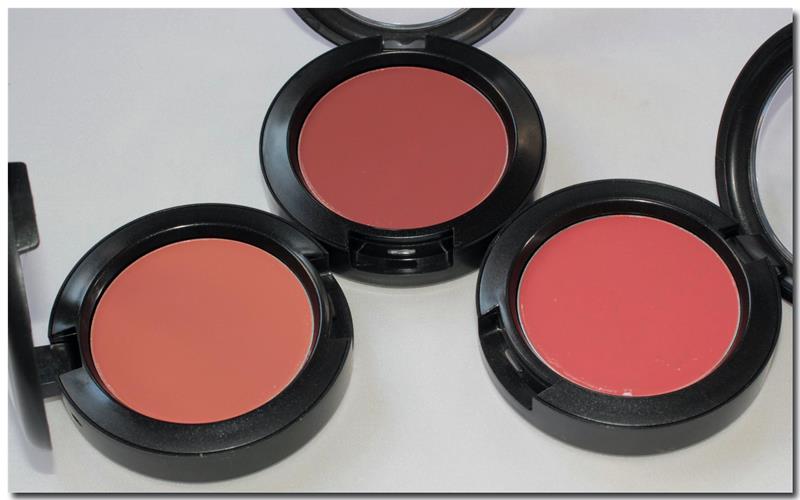
Powder is making a comeback. Out of popularity during the years when either all-in-one matte-finish foundations or the no-makeup look was in vogue, powder use is once again on the rise.
Women want it light and translucent, in loose powder form to set foundation with a sheer, nonshiny finish, in pressed powder form to wear on its own.
Loose powder is basically talc to which kaolin and zinc stearate are added to maximize coverage. Anti-caking ingredients, color, pre-servatives and perfume comprise the rest of the formula.
Pressed powders add gum or oil to bind everything together. And translu-cents add a shiny substance to reflect light. We examined a dozen of the most popular powders on the market, both loose and pressed forms.
Prices ranged from very inexpensive to expensive, representing brands you could find in a discount house as well as those sold only in department stores. The powders were eval-uated for ease of application, color, finish, texture, durability, length of wear, level of irritation, ease of removal, package design and over- all quality. We took special care to match type of powder to the tester’s preference.

Women who indicated that they preferred a light, natural look in make-up were given all-in-one pressed-powder com- pacts, while those who regularly used foundation were asked to test loose powder in a complementing shade.
In recent years, women have shown a preference for cheek coloring that “naturally” highlights the face.
Gone is the sharp spot of color floating somewhere between eye and ear, and here instead is a warm pastel or earth tone gently radiating from the cheekbone area. And in tune with the times, the product has changed its name along with its image.
It’s no longer rouge, it’s now called blusher. The range of blushers tested for this book included twenty-seven different products representing the four major types of blusher on the market—powders, creams, gels and pencils.
Pressed-powder blushers are made up of much the same ingredients as pressed face powder, with talc being the prime component. Creams, gels and pencils have oils, water or wax as a base, to which coloring is added. Brands varied from dime-store and supermarket products to de- partment-store and exclusive boutique items.

In most cases, a tester was given three or four blushers to use and evaluate, a sample of in- expensive, moderate and expensive brands alike. We took special care to match the styles and colors of the cosmetics to the needs and preferences of individual women.
That is, we never gave an extra- dry, flyaway powder blusher to a sixty-five-year-old woman with a wrinkle problem. Nor did we give a super-creamy gel to an acne- prone teenager.
In other words, we tested each product against the cosmetic requirements of the ideal customer for that particular brand. Each blusher was judged on the basis of color, ease of application, durability, texture, finish, length of wear, level of irritation, ease of removal, packaging and overall quality.







